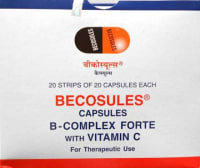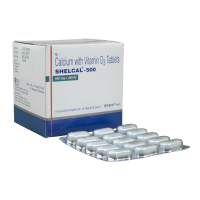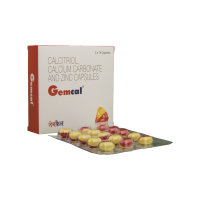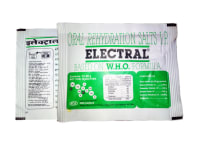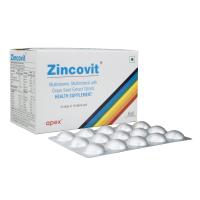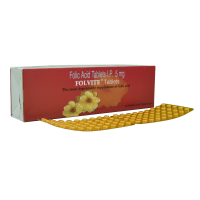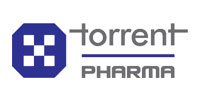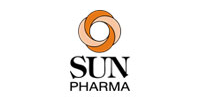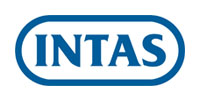
No interaction found

WEIGH RISKS VS BENEFITS
Sosrane Liquid may be unsafe to use during pregnancy.Animal studies have shown adverse effects on the foetus, however, there are limited human studies. The benefits from use in pregnant women may be acceptable despite the risk. Please consult your doctor.

Sosrane Liquid is probably safe to use during lactation. Limited human data suggests that the drug does not represent a significant risk to the baby.

Sosrane Liquid may cause side effects which could affect your ability to drive.

There is limited information available on the use of Sosrane Liquid in patients with kidney disease. Please consult your doctor.

There is limited information available on the use of Sosrane Liquid in patients with liver disease. Please consult your doctor.
Uses of Tsun Eye Drop
Tsun Eye Drop is used in the treatment of bacterial infections.
Uses of Sosrane Liquid
Sosrane Liquid is used for general Anaesthesia.
How to use Tsun Eye Drop
This medicine is for external use only.Take it in the dose and duration as advised by your doctor. Check the label for directions before use. Hold the dropper close to the eye/ear without touching it. Gently squeeze the dropper and place the medicine inside the lower eyelid or ear. Wipe off extra liquid.
How to use Sosrane Liquid
Use this medicine in the dose and duration as advised by your doctor. Check the label for directions before use.
How Tsun Eye Drop works
Tsun Eye Drop is an antibiotic. It kills bacteria by inhibiting synthesis of essential proteins, required by bacteria to carry out vital functions.
How Sosrane Liquid works
Sosrane Liquid causes a reversible loss of consciousness allowing surgery without pain and distress.
Common Nausea, Vomiting, Diarrhoea, Skin rash, Hearing loss, Balance disorder (loss of balance).
Common Rash, Erythema, Abnormal heart rhythm, Headache, Abnormal white blood cells, Shivering, Vomiting, Nausea, Abnormality of voluntary movements, Agitation, Apnea (absence of breathing), Nightmare, Liver dysfunction, Hyperventilation, Abnormal dreams, Abnormal behavior, Double vision, Hallucination, Thrombophlebitis, Generalized tonic-clonic seizure, Malignant hyperthermia (increased body temperature), Local site pain, Transient apnea, Increased respiratory rate , Stridor, Myoclonus, Hypertonia, Increased blood pressure, Tachycardia, Confusion, Increased white blood cell count (eosinophils), Slow heart rate, Respiratory depression, Nystagmus (involuntary eye movement), Decreased blood pressure.
Expert advice for Tsun Eye Drop
Do not use tobramycin if you are allergic to it or any other component in the formulation.
Driving and using machinery should be avoided in cases where tobramycin usage causes dizziness or eye drops cause blurring of vision.
Do not mix or dilute your tobramycin with any other medicine in your nebulizer.
If you are taking several different treatments for cystic fibrosis, you should take them in the following order: bronchodilator (e.g. salbutamol), then chest physiotherapy, followed by inhaled medicines, and then tobramycin.
Do not use contact lenses when on treatment with tobramycin eye drops.
If you are using more than one eye drop, keep a gap of at least 5-10 minutes between two different eye drops.
Doctor’s advice should be considered in case of patients with following history of disease conditions: neuromuscular disorders such as parkinsonism, myasthenia gravis (characterized by movement disorders and/or muscle weakness); coughing up blood in your sputum; kidney problem.
Inform your doctor if you have ever experienced in the past: ringing in ears, any other problems with hearing, dizziness while taking tobramycin.
Expert advice for Sosrane Liquid
You will be continuously monitored for blood potassium levels during the operation, as the drug is known to raise blood potassium levels.
You may be constantly monitored during entire anaesthetic procedure to observe any signs of low blood pressure, changes in pulse rate, irregular heart beat and ventilation.
It may raise the intracranial pressure (the pressure inside the skull and thus in the brain tissue and cerebrospinal fluid) and impair the ability to drive or operate machinery for few days.
Tell your doctor if you are or planning to become pregnant or are breastfeeding.
Do not take if allergic to isoflurane or any of its ingredients or any other inhalational anaesthetics.
Avoid if Patients has past or family history of malignant hyperthermia (rapid rise in body temperature).
Avoid if Patients has history of porphyria (a rare blood pigment disorder).
Q. Is tobramycin a sulfa drug or penicillin antibiotic?
No. Tobramycin is an aminoglycoside antibiotic used to treat Pseudomonas infections and other serious infections in patients (6 years and older) with cystic fibrosis
Q. Does tobramycin treat styes, Pseudomonas, pink eye, staphylococcus and methicillin resistant staphylococcus aureus (MRSA)?
Tobramycin/dexamethasone combination can be used to cure pink eye and styes, which are superficial eye and eyelid infections. Tobramycin treats Pseudomonas infections however it is not drug of choice in the treatment of staphylococcus or MRSA
Q. Is tobramycin safe for infants?
No. Due to high propensity for kidney and internal ear damage, tobramycin shouldn't be given to infants
Q. Is tobramycin over the counter?
No. Tobramycin belongs to schedule H and can be obtained only on production of valid prescription
Q. Is tobramycin the same as ofloxacin?
No. Tobramycin and Ofloxacin belong to different class of antibiotics, and are used to treat different sets of infections.
Q. Is Sosrane a controlled substance?
No, it's not a controlled substance
Q. Is Sosrane carcinogenic?
No, Sosrane not carcinogenic.


 Sosrane Liquid
Sosrane Liquid  Bookmark
Bookmark
